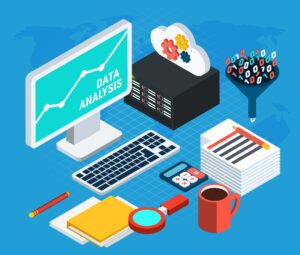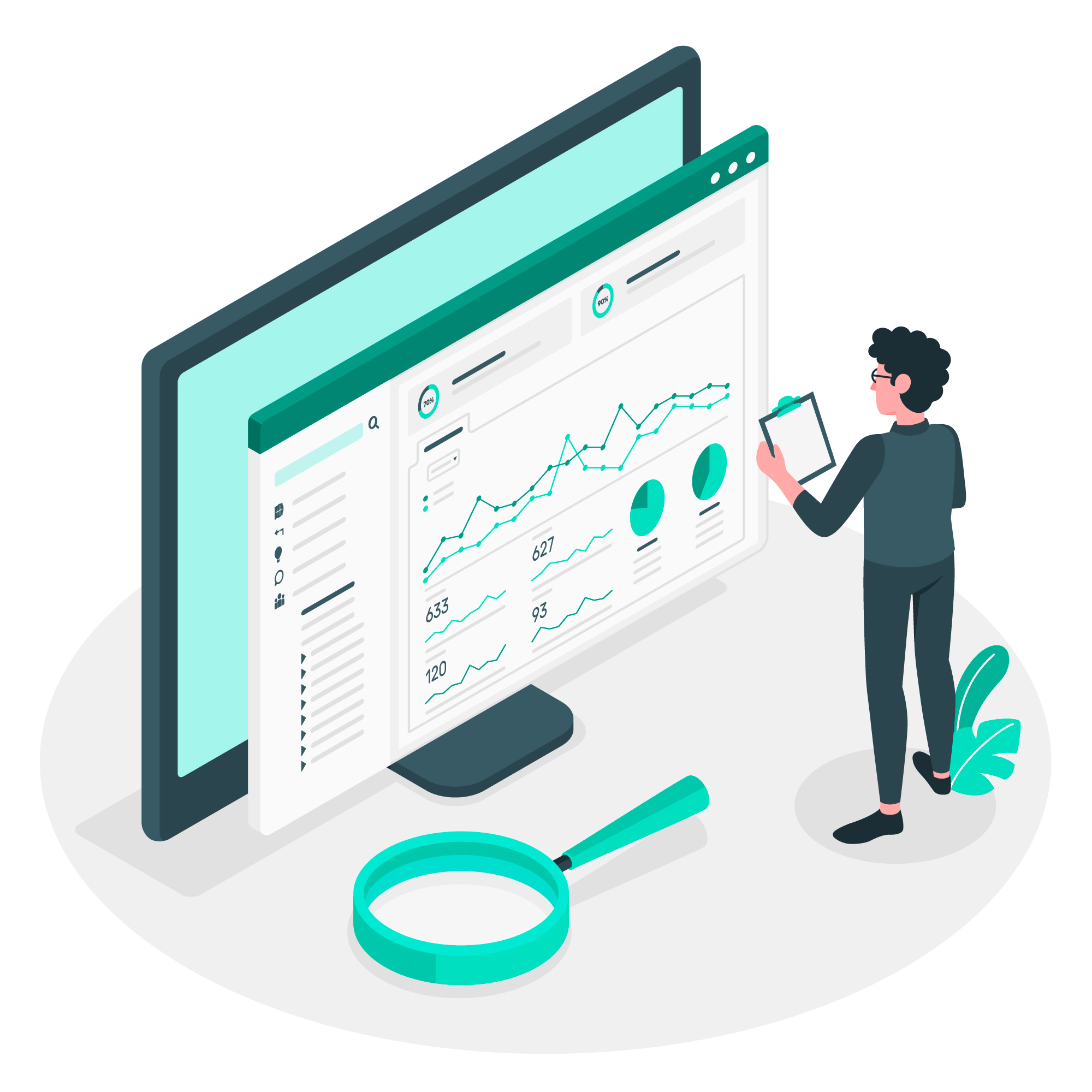In an era where data is more available and abundant than ever before, being able to transform data into valuable insights is a crucial skill. That’s where data analytics comes in. But what exactly is data analytics? How does it differ from data science? What tools and techniques are used in this field? If you’re a beginner interested in these questions, you’re in the right place.
What is Data Analytics?
Data analytics is the method of examining, cleaning, transforming, and modelling data to uncover meaningful information, draw conclusions, and support decision-making. It encompasses a multitude of techniques and methods from various fields, including mathematics, statistics, computer science, and business management.
Data Analytics vs. Data Science: What’s the Difference?
While both fields involve working with data, there are some important distinctions. Data analytics focuses on extracting actionable insights from data sets for immediate application based on existing queries. On the other hand, data science is broader and integrates techniques from various disciplines to understand complex phenomena, generate new hypotheses, and build predictive models.
In simpler terms, data analytics is often more focused on answering specific, known questions, while data science is used to explore and find new questions or predictions.
Different Types of Data Analysis
The four major types of data analysis are:
- Descriptive Analysis: Analyzing historical data to understand what happened.
- Diagnostic Analysis: Digging deeper into data to understand the cause of the outcome.
- Predictive Analysis: Using the data to predict future outcomes.
- Prescriptive Analysis: Using the data to prescribe the best course of action for future scenarios.
Real-World Case Studies of Data Analytics
- Netflix: The streaming giant uses data analytics to make informed decisions on which kind of content to produce and recommend to viewers based on their behavior, preferences, and past viewing history.
- Starbucks: This coffee company uses data analytics to understand customer preferences, market trends, and geographical factors to optimize store locations and personalize marketing strategies.
What Does a Data Analyst Do?
Data Analysts interpret complex data and turn it into data that can offer ways to improve a business, impacting decision-making. They take given data, process this data, and turn it into an understandable format that can offer valuable insights.
Typical Process that a Data Analyst Follows
The data analytics process typically involves the following steps:
- Understanding the requirements: Identifying the goals and objectives of the analysis.
- Data collection: Gathering the necessary data from relevant sources.
- Data cleaning: Removing inaccuracies and inconsistencies in the data.
- Data analysis: Using statistical tools and techniques to interpret the data.
- Interpreting the results: Converting findings into actionable business insights.
- Making decisions: Applying these insights to make informed decisions.
Tools and Techniques Used by Data Analysts

Data analysts employ a variety of tools and techniques in their work. Some popular tools include:
- Excel: Used for data manipulation and analysis.
- SQL: A programming language applied for managing and manipulating databases.
- Python/R: Programming languages with powerful data manipulation and analysis libraries.
- Tableau: A data visualization tool used to represent data in a visually insightful format.
Data Analytics Techniques
Techniques used in data analytics include data mining (exploring large data sets to discover patterns), text analytics (deriving information from text data), regression (predicting trends), and clustering (grouping similar data points).
Skills Needed to Become a Data Analyst
To become a data analyst, you’ll need a combination of technical and non-technical skills. Technical skills include knowledge of programming languages (like SQL, Python, R), understanding of databases, and experience with data visualization tools. Non-technical skills include critical thinking, problem-solving abilities, attention to detail, and communication skills.
The Future of Data Analytics
As the importance of data remains to grow, the future of data analytics appears bright. In the future, we can expect more modern tools and techniques, greater integration of AI and machine learning, and an increased demand for skilled data professionals.
If you are interested in studying data analytics and acquiring the skills to extract meaningful insights from data, consider joining SoftLoom IT Training. As one of the best data analytics training institutes in Kerala, SoftLoom IT Training offers comprehensive courses that will equip you with the knowledge and practical expertise needed to excel in this field. Take the opportunity to enhance your data analytics skills and embark on a rewarding career journey with SoftLoom IT Training.





